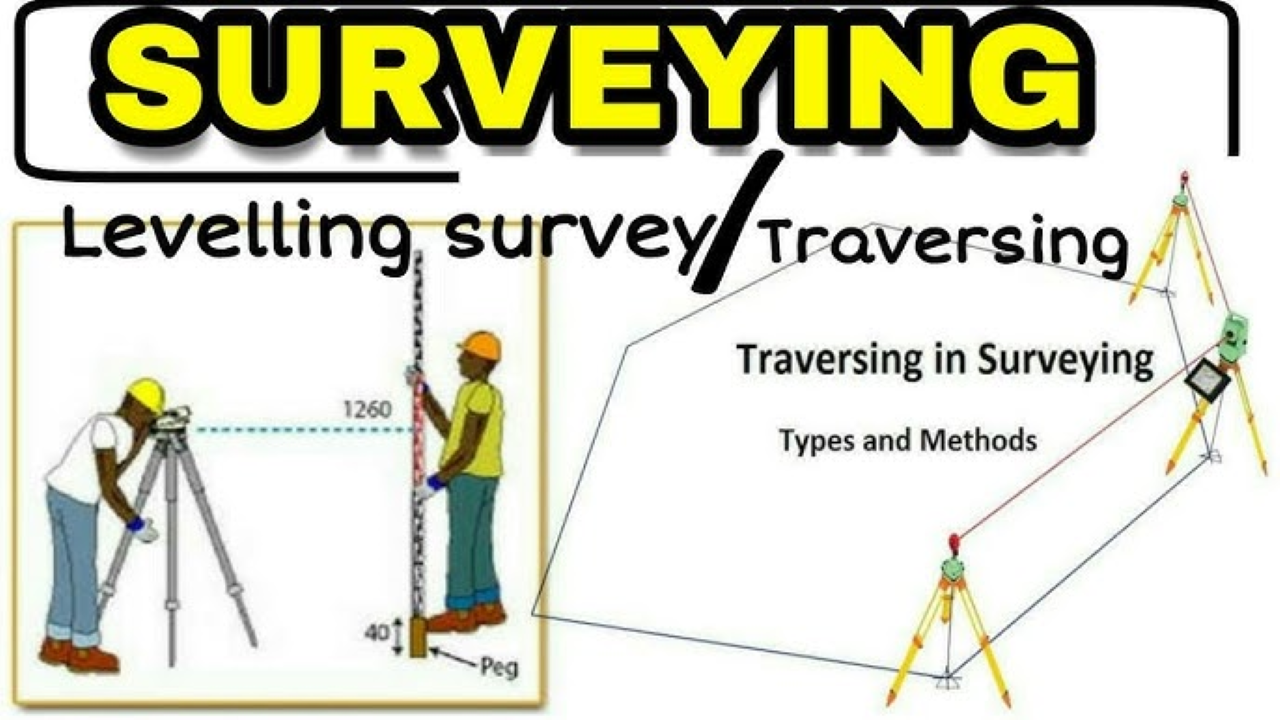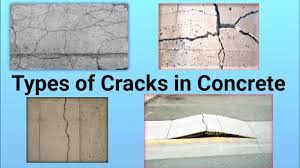Structural Engineer vs Architect: Which Career Path is Perfect for You?

Introduction
Choosing the perfect career path between an architect and a structural engineer can be challenging. Both roles are pivotal in the construction industry but differ significantly in their responsibilities, required skills, and career trajectories. This comprehensive guide will delve into the distinctions between architects and structural engineers, helping you determine which career path aligns with your aspirations.
Understanding the Roles
What Does an Architect Do?
Architects are the visionaries who design buildings and other structures, ensuring they are both functional and aesthetically pleasing. Their work involves:
- Conceptual Design: Creating initial sketches and concepts based on client requirements.
- Detailed Design: Developing detailed architectural plans and drawings.
- Coordination: Collaborating with other professionals, including structural engineers, to ensure the design is feasible and meets all regulations.
- Project Management: Overseeing the construction process to ensure the project adheres to the design and is completed on time and within budget.
What Does a Structural Engineer Do?
Structural engineers are concerned with the integrity and safety of structures. Their main responsibilities include:
- Structural Analysis: Assessing the strength and durability of materials used in construction.
- Design Calculations: Performing complex calculations to determine the loads and stresses a structure can withstand.
- Detailing: Creating detailed plans for the construction of structural elements.
- Site Inspections: Monitoring construction sites to ensure structures are built according to design specifications and safety standards.
Education and Training
Educational Path for Architects
- Bachelor’s Degree in Architecture: Typically a 5-year program covering design, theory, history, and technology.
- Master’s Degree (Optional): For advanced knowledge and specialization.
- Internship: A period of practical experience under the supervision of a licensed architect.
- Licensure: Licensure requires passing the Architect Registration Examination (ARE) to become a licensed architect.
Educational Path for Structural Engineers
- Bachelor’s Degree in Civil or Structural Engineering: A 4-year program focusing on engineering principles, mathematics, and physics.
- Master’s Degree (Optional): For specialized knowledge and advanced positions.
- Internship: Internships or entry-level work provide opportunities to get practical experience.
- Licensure: Passing the Fundamentals of Engineering (FE) exam and the Principles and Practice of Engineering (PE) exam to become a licensed professional engineer.
Key Skills and Competencies
Skills Needed for Architects
- Creativity: Creativity is the ability to produce novel and visually appealing designs.
- Technical Skills: Proficiency in design software like AutoCAD, Revit, and SketchUp.
- Communication: Communication is the excellent verbal and written communication skills for working with clients and teams.
- Problem-Solving: Ability to address design challenges and client needs effectively.
Skills Needed for Structural Engineers
- Analytical Skills: Strong analytical skills for performing complex calculations.
- Attention to Detail: Attention to Detail refers to pay close attention to detail to guarantee safety and compliance.
- Technical Proficiency: Expertise in engineering software like SAP2000, ETABS, and STAAD.Pro.
- Communication: Ability to clearly convey technical information to non-engineers.
Career Prospects and Salary
Career Prospects for Architects
- Employment Opportunities: Architects can work in architectural firms, construction companies, or as freelancers.
- Salary Range: According to the Bureau of Labor Statistics, the median annual wage for architects was $82,320 in May 2020.
- Job Growth: Employment of architects is projected to grow 1% from 2019 to 2029.
Career Prospects for Structural Engineers
- Employment Opportunities: Structural engineers can work in engineering firms, construction companies, or government agencies.
- Salary Range: The median annual wage for civil engineers, including structural engineers, was $88,570 in May 2020.
- Job Growth: Employment of civil engineers is projected to grow 2% from 2019 to 2029.
Work Environment
Work Environment for Architects
- Office Setting: Most architects work in an office setting, spending significant time on design and planning.
- Site Visits: Regular visits to construction sites to monitor progress and ensure design compliance.
- Work Hours: Often work long hours, especially when deadlines approach.
Work Environment for Structural Engineers
- Office and Field Work: Split time between office work (design and calculations) and fieldwork (site inspections).
- Collaboration: Collaborate closely with architects, contractors, and other engineers.
- Work Hours: Typically work standard office hours but may work extra hours to meet project deadlines.
Job Satisfaction and Challenges
Job Satisfaction for Architects
- Creative Fulfillment: High level of job satisfaction from seeing designs come to life.
- Client Interaction: Enjoyment from working closely with clients and understanding their needs.
- Challenges: Dealing with budget constraints, regulatory approvals, and tight deadlines.
Job Satisfaction for Structural Engineers
- Problem-Solving: Satisfaction from solving complex engineering problems.
- Impact: Playing a critical role in ensuring the safety and stability of structures.
- Challenges: Managing the responsibility of ensuring structural safety and dealing with unexpected site issues.
Making the Decision
Personal Interests
- Creative vs. Analytical: If you have a passion for design and creativity, architecture may be the right path. If you enjoy problem-solving and technical calculations, structural engineering might be a better fit.
- Artistic vs. Scientific: Architecture involves a blend of art and science, while structural engineering is more focused on the scientific and technical aspects.
Career Goals
- Leadership vs. Technical Expertise: Architects often take on leadership roles in projects, while structural engineers focus on technical expertise.
- Variety vs. Specialization: Architects may work on a variety of projects, while structural engineers often specialize in certain types of structures or materials.
Conclusion
Choosing between a career as an architect or a structural engineer requires careful consideration of your interests, skills, and career goals. Both professions offer unique challenges and rewards, and both play essential roles in the construction industry. By understanding the differences between these careers, you can make an informed decision that aligns with your passion and aspirations.
20 Frequently Asked Questions (FAQs)
1. What is the primary difference between an architect and a structural engineer?
Answer: Architects focus on the design, aesthetics, and functionality of buildings, while structural engineers ensure that these structures are safe, stable, and capable of withstanding various loads and forces.
2. What kind of education is required to become an architect?
Answer: Typically, a bachelor’s degree in architecture, which takes about five years to complete, followed by a master’s degree (optional) and passing the Architect Registration Examination (ARE) for licensure.
3. What kind of education is required to become a structural engineer?
Answer: A bachelor’s degree in civil or structural engineering, which usually takes four years, followed by passing the Fundamentals of Engineering (FE) exam, gaining work experience, and passing the Principles and pass the Practice of Engineering (PE) exam to get licensed.
4. What skills are essential for architects?
Answer: Essential skills include creativity, technical proficiency in design software, strong communication abilities, and problem-solving skills.
5. What skills are essential for structural engineers?
Answer: Key skills include strong analytical abilities, attention to detail, proficiency in engineering software, and excellent communication skills.
6. Do architects earn more than structural engineers?
Answer: Salaries can vary based on location, experience, and the specific employer, but generally, the median annual wage for architects and structural engineers is comparable, with structural engineers sometimes earning slightly more due to the technical nature of their work.
7. What is the job outlook for architects?
Answer: The job growth for architects is projected to be around 1% from 2019 to 2029, according to the Bureau of Labor Statistics.
8. What is the job outlook for structural engineers?
Answer: The job growth for civil engineers, including structural engineers, is projected to be around 2% from 2019 to 2029.
9. Can architects work as structural engineers and vice versa?
Answer: While there is some overlap in skills, architects and structural engineers have distinct roles and responsibilities. Switching careers would typically require additional education and licensure.
10. What kind of projects do architects typically work on?
Answer: Architects work on a variety of projects including residential homes, commercial buildings, public structures, and sometimes even landscapes and urban planning.
11. What kind of projects do structural engineers typically work on?
Answer: Structural engineers work on designing and analyzing the structural components of buildings, bridges, tunnels, and other infrastructure projects.
12. What are the typical work environments for architects?
Answer: Architects typically work in office settings but also spend time on construction sites to oversee projects and ensure design compliance.
13. What are the typical work environments for structural engineers?
Answer: Structural engineers split their time between office work for design and analysis and fieldwork for site inspections and project oversight.
14. What software tools are commonly used by architects?
Answer: Architects often use software like AutoCAD, Revit, SketchUp, and Adobe Creative Suite.
15. What software tools are commonly used by structural engineers?
Answer: Structural engineers typically use software like SAP2000, ETABS, STAAD.Pro, and AutoCAD.
16. What are the main challenges faced by architects?
Answer: Architects face challenges such as meeting client expectations, adhering to budget constraints, obtaining regulatory approvals, and managing project timelines.
17. What are the main challenges faced by structural engineers?
Answer: Structural engineers deal with challenges such as ensuring structural safety, addressing unforeseen site issues, and performing complex calculations under tight deadlines.
18. Is creativity more important in architecture or structural engineering?
Answer: Creativity is more central to architecture, which focuses on design and aesthetics. Structural engineering is more focused on technical and analytical problem-solving.
19. How important is licensure for architects and structural engineers?
Answer: Licensure is crucial for both professions. Architects need to pass the ARE, and structural engineers need to pass the FE and PE exams to practice independently and take on significant responsibilities.
20. Which career path offers more opportunities for leadership?
Answer: Both career paths offer leadership opportunities, but architects often take on more leadership roles in the design and management of projects, while structural engineers may lead technical teams and oversee the integrity of structural designs.
If you want to get more knowledge about this so read more.
If you want more articles about Civil Engineering click on link.




